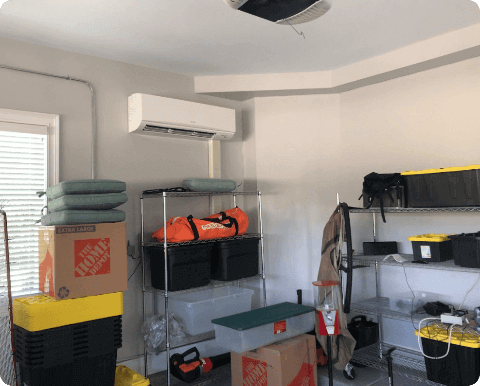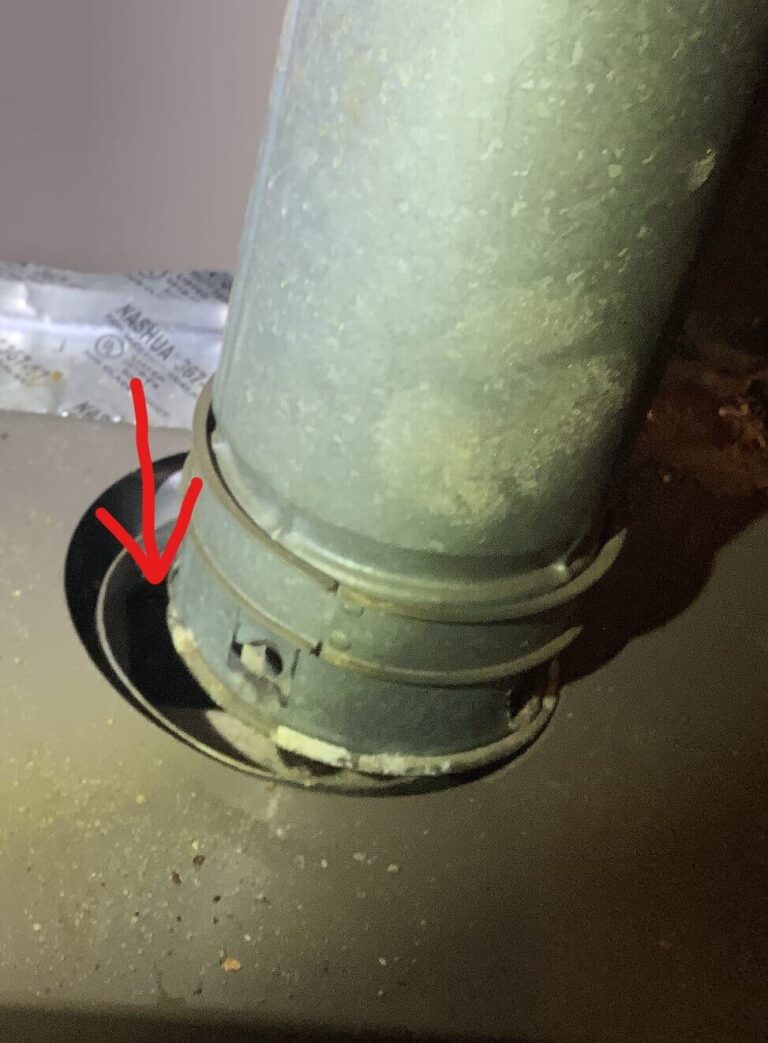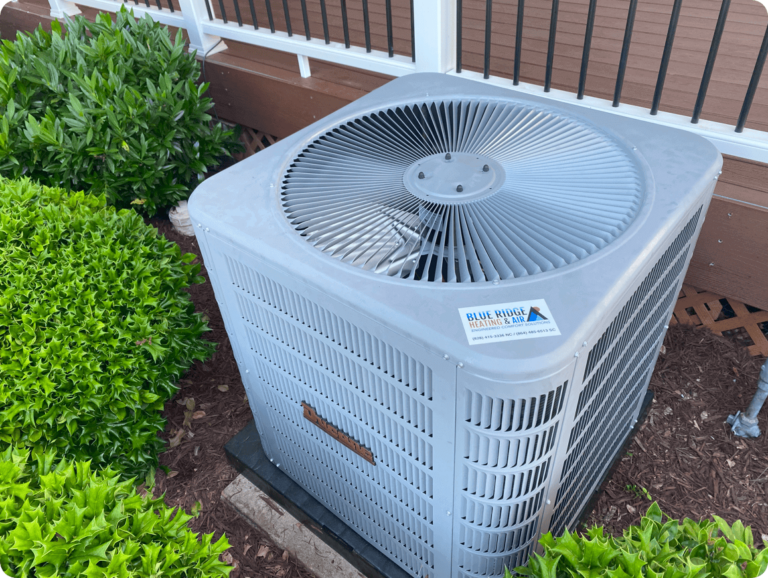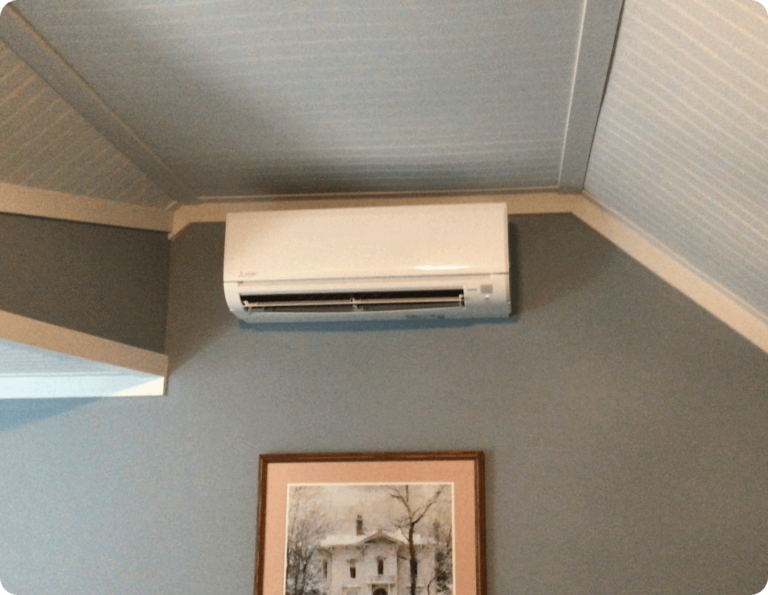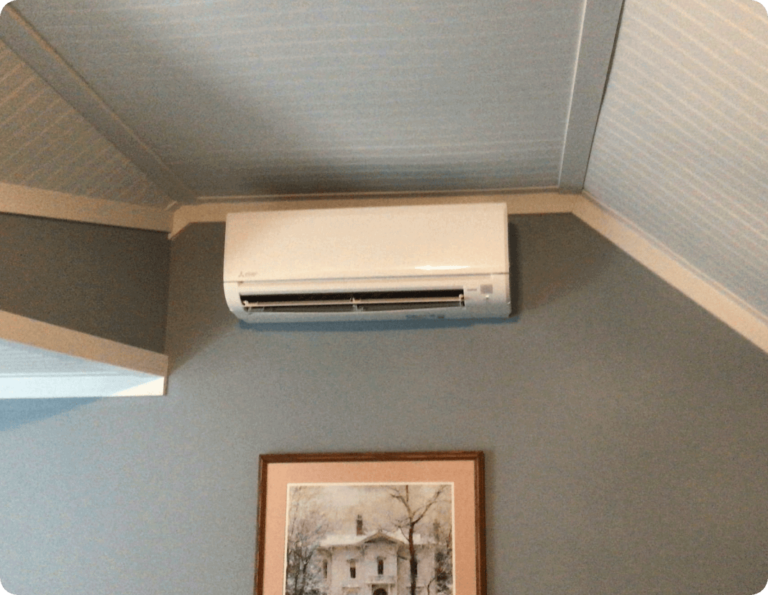One of the questions we get a lot from our customers here at Blue Ridge Heating & Air is “What humidity level should my home be at? The quick answer is between 30- 50%, but humidity varies a lot over the course of the year and varies with the weather, so let’s learn a little more about humidity together.
We have been in a lot of different homes in the area, and we know humidity can be a problem in the summertime, and even in the winter for some. If the house is too humid, it’s going to feel sticky and uncomfortable. Luckily we have solutions not only for air conditioning, but also dehumidification.
In this article, I’m going to tell you a little more about what humidity is, how it affects our comfort and health, and what you can do to achieve the ideal humidity levels in your home. If you want to talk to a comfort expert right away, give us a call or contact us online!
[/et_pb_text][et_pb_button button_text=”Contact Us About Your Humidity” _builder_version=”4.25.1″ _module_preset=”default” theme_builder_area=”post_content” button_url=”https://pldtest1.punchlistdigital.website/contact-us/” button_alignment=”center” custom_button=”on” button_bg_color=”#FFFFFF” button_bg_enable_color=”on” button_border_width=”5px” button_border_color=”#0d3652″ hover_enabled=”0″ sticky_enabled=”0″ button_text_color=”#eb5b2c” button_text_size=”28px” button_text_shadow_style=”preset1″ box_shadow_style=”preset2″ button_border_radius=”5px”][/et_pb_button][et_pb_text _builder_version=”4.25.1″ _module_preset=”default” theme_builder_area=”post_content” hover_enabled=”0″ sticky_enabled=”0″]What Is Humidity, Really?
 Humidity is a measure of how much water is in the air, and is a measure of how moist the air is around you. When humidity is high, there’s more water in the air and it can get so high the air can’t absorb any more water- that’s usually when it rains! Because humans cool our bodies by sweating and evaporation of that water, when the humidity is high, that “water” from our body just hangs there, and we feel sticky and uncomfortable.
Humidity is a measure of how much water is in the air, and is a measure of how moist the air is around you. When humidity is high, there’s more water in the air and it can get so high the air can’t absorb any more water- that’s usually when it rains! Because humans cool our bodies by sweating and evaporation of that water, when the humidity is high, that “water” from our body just hangs there, and we feel sticky and uncomfortable.
While we tend to think of heat and humidity as going together, you can have high humidity with colder temperatures as well. We’ve all been in basements that feel clammy- cold and damp, and sometimes they smell odd too- that’s all due to high humidity in a colder environment.
So What’s The Best Humidity Level?
For your health, the ideal indoor humidity level is between 30- 50%. In the winter, 30-40% humidity in your home can keep your home warm and comfortable without causing windows to fog up, but in the summer, 50-60% might be more typical.
When Humidity Is Too Low
When humidity is too low, the air can feel dry, and it can dry out your skin and nasal passages, making you more vulnerable to catching colds, getting nose bleeds and the like. Wood furniture in your home and even the studs in your walls can shrink a bit, causing drafts or cracks and cause damage even to wood floors.
When Humidity Is Too High
By contrast, when humidity is too high, you can feel sweaty and sticky. Wood furniture feels sticky as well, and you can feel like you need to “peel” yourself off a chair. High humidity can promote the growth of mold and mildew, and aggravate conditions like asthma. Many people find it more difficult to sleep when it’s really humid, and you might notice condensation on your windows and other mixture problems around your home.
[/et_pb_text][et_pb_button button_text=”Check Out Our Indoor Air Quality Equipment” _builder_version=”4.25.1″ _module_preset=”default” theme_builder_area=”post_content” button_url=”https://pldtest1.punchlistdigital.website/indoor-air-quality/” button_alignment=”center” custom_button=”on” button_bg_color=”#FFFFFF” button_bg_enable_color=”on” button_border_width=”5px” button_border_color=”#0d3652″ hover_enabled=”0″ sticky_enabled=”0″ button_text_color=”#eb5b2c” button_text_size=”28px” button_text_shadow_style=”preset1″ box_shadow_style=”preset2″ button_border_radius=”5px”][/et_pb_button][et_pb_text _builder_version=”4.25.1″ _module_preset=”default” theme_builder_area=”post_content” hover_enabled=”0″ sticky_enabled=”0″]How to Better Understand Humidity and Temperature
To get a sense of ideal humidity levels, remember:
If the outdoor temperature is above 50˚F, indoor humidity shouldn’t be above 50%.
If the outdoor temperatures are between 20˚F and 50˚F, humidity shouldn’t be over 40%.
If the outdoor temperatures are between 0˚F and 20˚F, humidity shouldn’t be over 30%.
Ideal Humidity For A Good Night’s Sleep
 The Sleep Foundation recommends that for maximum comfort, you should also ensure the thermostat in your bedroom is at the right setting. Many experts agree the ideal temperature for sleep is 65˚F. This sounds a little lower than most people might think, but it aligns with the natural drop in body temperature that occurs during sleep and at this temperature, you won;t overheat and thrash around with your blankets and sheets trying to get comfortable.
The Sleep Foundation recommends that for maximum comfort, you should also ensure the thermostat in your bedroom is at the right setting. Many experts agree the ideal temperature for sleep is 65˚F. This sounds a little lower than most people might think, but it aligns with the natural drop in body temperature that occurs during sleep and at this temperature, you won;t overheat and thrash around with your blankets and sheets trying to get comfortable.
The Sleep Foundation also recommends:
- Find the right speed for your AC unit: A functioning air conditioner can be a godsend during muggy times of the year, but you should consider a slow or moderate setting rather than setting your unit to full blast mode. Studies suggest people tend to sleep better and longer with moderate AC airflow
- Invest in a dehumidifier: Dehumidifiers can reduce indoor humidity, and can be helpful if your indoor humidity is too high. They remove water vapor from the air using a fan, and store that water inside an internal tank. You can buy small to large to whole home dehumidifiers, but if you do not have a whole home dehumidifier attached to your HVAC system, be aware the portable units require frequent emptying of the collects water, and they can be loud- and they do use a fair amount of energy as well.
In the winter, you can likewise use a humidifier to help balance out the humidity in your bedroom to promote optimum sleep and help prevent from waking up with a dry throat and cough every morning. (No one wants to sound like an old man waking up every morning!)
- Try moisture-wicking sheets: Heavy sweating is common on humid nights. Some sheets and pillowcases are produced from fibers that wick away moisture from the body, such as cotton and rayon derived from bamboo. They tend to be more breathable than sheets made from synthetics. The same is true of bedclothes. Attire made from natural, more breathable fabrics will keep you more comfortable.
- Consider replacing your memory foam mattress: Memory foam mattresses offer several benefits for sleepers,however, their softer comfort layers can absorb and trap more heat on the surface compared to other mattress types, causing you to feel too warm.
The Bottom Line
We recommend to all our homeowners that they understand the best humidity levels for their home, and make sure their thermostat also monitors the indoor humidity levels. If you are getting a new HVAC system, there are indoor humidity systems like AprilAire that can be installed to help improve the air quality in your home all year round, helping keep you healthier and ensure a great nights sleep.
Of course, the experts here at Blue Ridge Heating and Air would love to help youmake sure your home is comfortable year round and that you’re getting the good night ‘s sleep you deserve. Just give us a call and we’re here to help!
[/et_pb_text][et_pb_button button_text=”Talk To An Expert About Your Humidity” _builder_version=”4.25.1″ _module_preset=”default” theme_builder_area=”post_content” button_url=”https://pldtest1.punchlistdigital.website/contact-us/” button_alignment=”center” custom_button=”on” button_bg_color=”#FFFFFF” button_bg_enable_color=”on” button_border_width=”5px” button_border_color=”#0d3652″ hover_enabled=”0″ sticky_enabled=”0″ button_text_color=”#eb5b2c” button_text_size=”28px” button_text_shadow_style=”preset1″ box_shadow_style=”preset2″ button_border_radius=”5px”][/et_pb_button][/et_pb_column][/et_pb_row][/et_pb_section]
